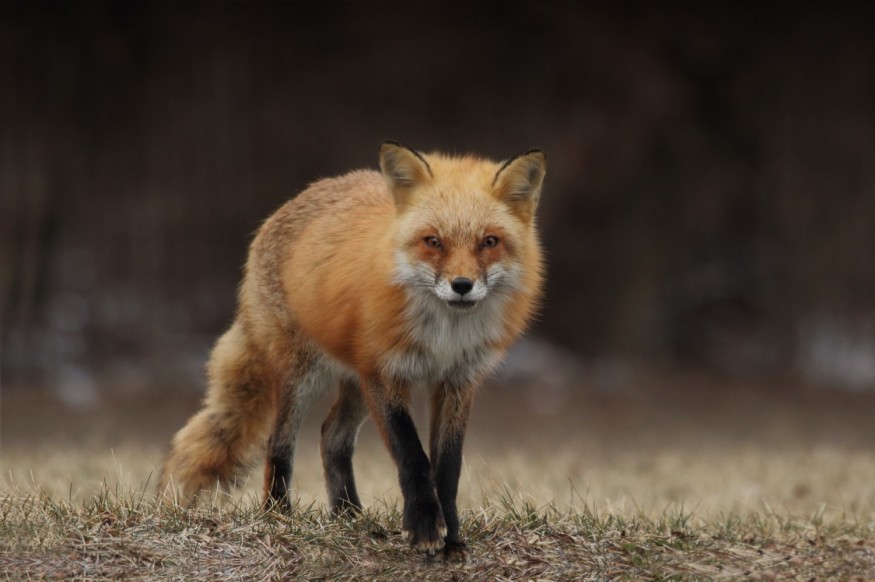
Federal wildlife officials list Sierra Nevada red fox as an endangered species after their population has rapidly declined due to climate change, poisoning and trapping.
The animal population has dipped to 40 in California, stretching from Lake Tahoe to south of Yosemite national park. Although the US Fish and Wildlife Service was against listing a distinct population of the foxes in the southern Cascade Range of Oregon and near Lassen Peak in northern California, the Federal Register listing rule says on Tuesday that the Sierra Nevada segment south of Tahoe "is in danger of extinction throughout all of its range".
At this time, the agency did not provide an exact number or estimate of the red foxes remaining in the Cascade Range as it is also subject to change with new births and deaths. "It is well below population levels that would provide resiliency, redundancy and representation to the population."
Red foxes are threatened in North America
The Sierra Nevada red fox, also known as the High Sierra fox, is considered as rare and endangered mammal in North America. They are physically slender, with bushy tail, and are one of 10 North American subspecies of the red fox. These small, doglike animals unfortunately suffer from drought, wildfires, habitat destruction, as well as poisoning and trapping. They are also vulnerable to threats of competition with coyotes, scarcity of prey and inbreeding with non-native foxes.
Moreover, due to human-induced climate change, they continuously lose their snowpack and subalpine habitat, according to scientists. This greatly affects the foxes' survival since their population segment has already adapted to that home.
An important step to protect endangered species
The US Fish and Wildlife Service said that loss of habitat for the red foxes in high elevation areas leads to increased number of coyotes due to competition of prey.
After becoming extinct 20 years ago, California banned red fox trapping in 1974, and even before the Fish and Wildlife Service proposed the species to be listed as endangered in 2020, the Center for Biological Diversity first petitioned for federal protection in 2011 and filed lawsuits in 2013 and 2019.
Senior conservation advocate Jeff Miller said that the animals face threats in the Cascade Mountains to Mount Hood, Oregon, "because of poisoning and trapping, habitat destruction from logging and livestock grazing and disturbance from off-road vehicles and snowmobiles." He hopes that the Fish and Wildlife Service "should also protect these imperiled animals in the Cascades".
The Service said that habitat "does not appear to be a limiting factor for the species", so a designation of critical habitat is not necessary at this time.
An estimate of 18 to 39 animals remain in Sierra, extending south of California state highway 88 to the easternmost portion of Yosemite Park. Around 10 to 31 occupy an area north of Yosemite, about 5 east of Yosemite, and 3 in the south, all on federal land.
© 2025 NatureWorldNews.com All rights reserved. Do not reproduce without permission.





